The attack on the Heavy Water facility at Vemork in Norway in February 1943 is regarded as one of the most daring special forces raids of the Second World War.
However, what is less well known is that there was an earlier attempt to destroy the facility.
Operation Freshman was launched on the 19th November 1942, but it ended in tragedy for the 48 soldiers who were involved.
41 of them were killed in the raid, including three young men from Perth and Angus.
One of the Edzell airmen’s log books has since gone missing from a private museum.
Military historian Bruce Tocher hopes to find the log book and include its information in his book on Operation Freshman, which he aims to publish next year.
Bruce sat down with us to tell us all about the Operation Freshman tragedy, to ensure the bravery of these young soldiers is never forgotten.
Bruce said: “In July 1942, the British War Cabinet decided to try to destroy the heavy water production facilities at the Norsk Hydro facility near Vemork, Norway.
“The heavy water was being used as part of Nazi Germany’s program to develop a nuclear bomb.
“After much discussion, it was decided to use specially trained Royal Engineers to carry out the task.”
Operation Freshman
On the evening of November 19th, 1942, two Halifax bombers, each towing a Horsa Glider, took off from RAF Skitten in north-east Scotland.
On board each glider were 15 Royal Engineers, and two pilots.
All of the Engineers who took part were volunteers.
Their top-secret mission was code-named Operation Freshman.
British "Operation Freshman", glider-borne commando mission attempting to blow up a hydroelectric plant in Nazi-occupied Norway, has ended in disaster. Both gliders crashed & badly injured surviving troops have been captured by Germans. pic.twitter.com/dG0abbyXi3
— Second World War tweets from 1944 (@RealTimeWWII) November 22, 2020
Waiting near the target zone were a group of four Norwegian special forces who had parachuted into the area some weeks earlier.
Their primary mission was to light flares on the planned landing zone on the Hardanger Plateau, then guide the engineers to the target – the Norsk Hydro heavy water facility.
Bruce tells us where it all went wrong.
He said: “Tragically, due to failures in the navigation and guidance systems, and poor weather, the aircraft failed to identify the landing zones and were forced to turn back.
“On the return journey, ice began to build up on the tow ropes.
“The increased weight began to seriously affect the flight performance and the planes lost altitude.”
“At a point over southwest Norway, the tow rope between Halifax A and its glider snapped.
“The glider was released, and it crash-landed in a steep mountain valley, Fyljesdalen.
“Of the 17 men onboard Glider A, eight were killed on impact.”
One of the men was Lieutenant David Methven from Perthshire.
David came from Fortingall and had already been awarded the George Medal for bravery.
He was 20 years old.
Five of the remaining survivors from Glider A were held in the Gestapo Prison in Lagårdsveien in Stavanger for several days before being transported to a concentration camp at Grini, near Oslo.
The Grini records indicate that they entered the camp on the 29th November.
On the 19th January, 1943, they were taken out of Grini and transported to Trandum Wood, north of Oslo, and executed by firing squad.
The remaining soldiers involved with Operation Freshman were met with similar fates, including two more from Perth and Angus.
Flight Sergeant James “Jim” Falconer was killed when his Halifax crashed in south-west Norway just before midnight on the 19th November 1942.
Hailing from Edzell, Jim was the eldest of five brothers and just 20 years old.
Sapper Robert “Bobby” Norman also lost his life that same night, when his Horsa Glider crashed in Fylgjesdalen, Lysefjord.
Bobby came from Brechin and was 22 years old.
The bodies of the Operation Freshman soldiers were initially buried in an unmarked grave.
Due to the secrecy surrounding the mission, very little information was provided to the families of the servicemen at the time, other than that they were missing.
A short news article was released by the Germans shortly after the raid saying that a number of aircraft had landed in Norway, and that all of the soldiers on board had been engaged and killed to the last man.
However, it was not until after the war that true horror of the story emerged.
At the end of the war, the bodies of the soldiers were recovered by the Norwegian authorities.
They have been reburied in the Commonwealth Graves, in Stavanger, Helleland and Oslo.
Bruce hopes to publish a book with his findings next year, to ensure the bravery of these young men is never forgotten.
He said: “One of the key aims of the book project has been to trace the families of the 48 soldiers and airmen who were involved with Operation Freshman.
“The idea is to tell the story of these incredibly courageous young men through their lives, and the lives of their families, rather than other, more conventional histories which focus primarily on the events themselves.”
The Operation Freshman Project
Since the start of 2020, Bruce has managed to establish contact with relatives of 36 of the 48 soldiers and aircrew who took part in Operation Freshman.
These include family members of the soldiers from Perth and Angus.
Bruce said: “I have made contact with Bobby, Jim, and David’s relatives.
“Some of them will be coming to Norway in September for a memorial to mark the 80th Anniversary of the raid.
“During the memorial week, they will visit the various sites connected to Freshman, such as the Halifax and Horsa Glider crash sites, and the Commonwealth Graves.
“We’ll also have representatives from the British, Australian, Canadian and Jamaican embassies present, and even representatives from NATO and the Norwegian Ministry of Defence.”
Bruce added: “September has been chosen instead of the actual anniversary due to weather considerations in Norway!”
Bruce Tocher
Born in Forfar, Dr. Bruce A. Tocher is a graduate of Aberdeen University.
He has a PhD in Geology and was a University Lecturer in the UK for 10 years before moving to Norway to join Statoil, the Norwegian oil & gas company.
Bruce spent 20 years working in their Research & Development Division, before taking early retirement in 2016.
He then spent two years as an International Trade & Investment Senior Executive with Scottish Enterprise.
After his time with Scottish Enterprise, Bruce left to commit himself to military history full time.
He has focussed on Operation Freshman in particular and spent three years researching the raid and aims to find Perth Flight Sgt Jim Falconer’s missing log book.
Bruce said: “While I do have family contacts for all of the men above, I am always interested in reaching out to others who may have information I could use in the book.
“In particular, I’m currently looking for Jim Falconer’s flying log book.
“It was once displayed at a small private museum in Kirriemuir, but its whereabouts are now unknown.
“If there are any family members or private collectors who have it, or any other documents or photographs relating to any of the men, then I would be very interested to hear from them.”
He added: “I hope people come forward.
“I feel very strongly that the sacrifice made by these brave young men deserves to be remembered and commemorated.”
More like this
Dundonian shines light on ‘lost’ grave of ancestor who fought in Battle of Waterloo
‘There were no words’: Sandy Michie was the first British doctor to enter Belsen concentration camp
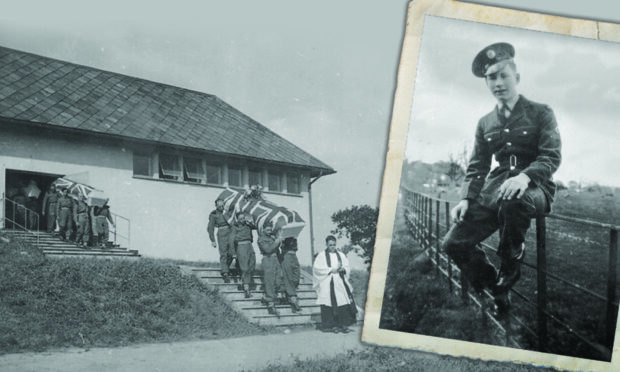
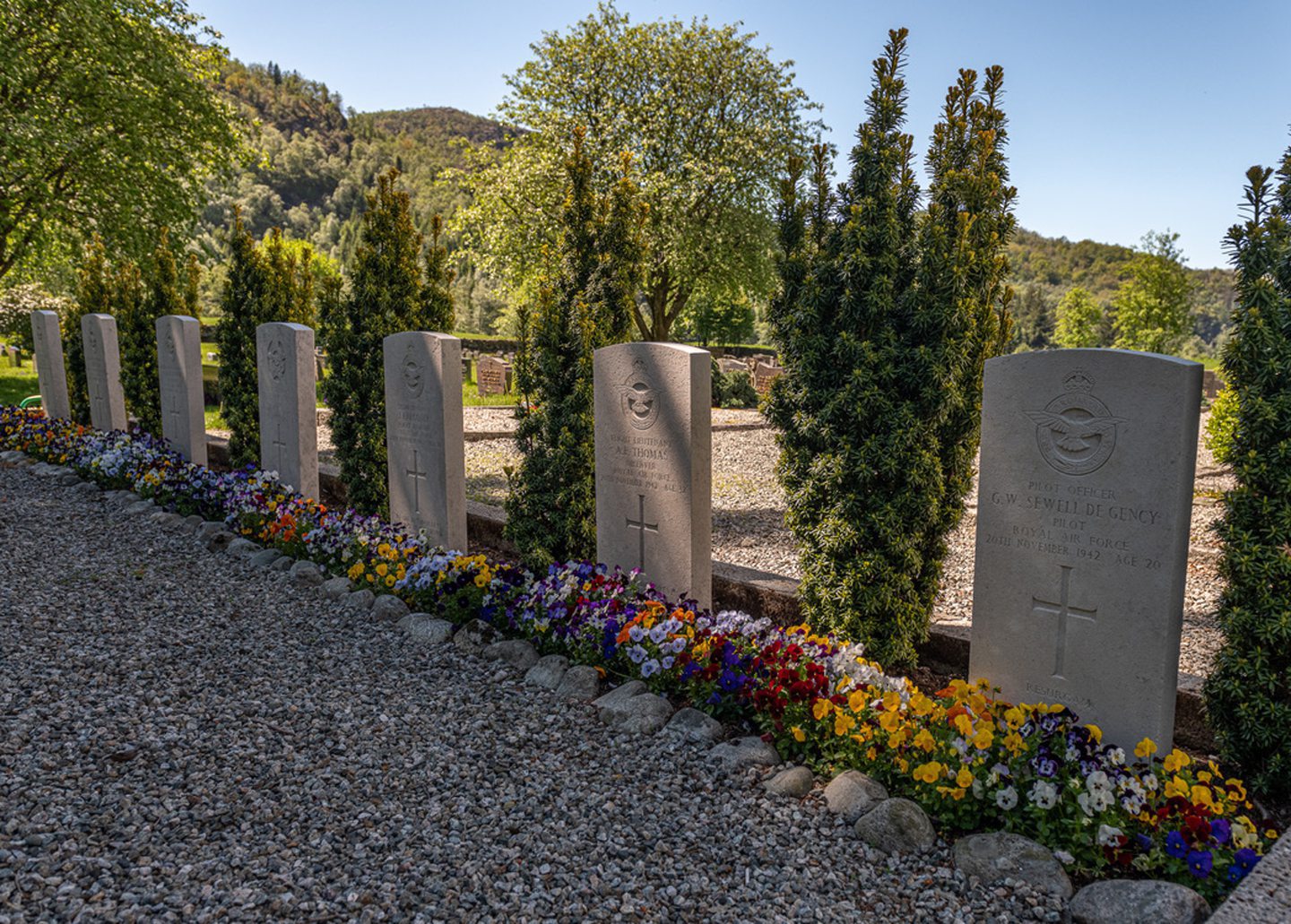
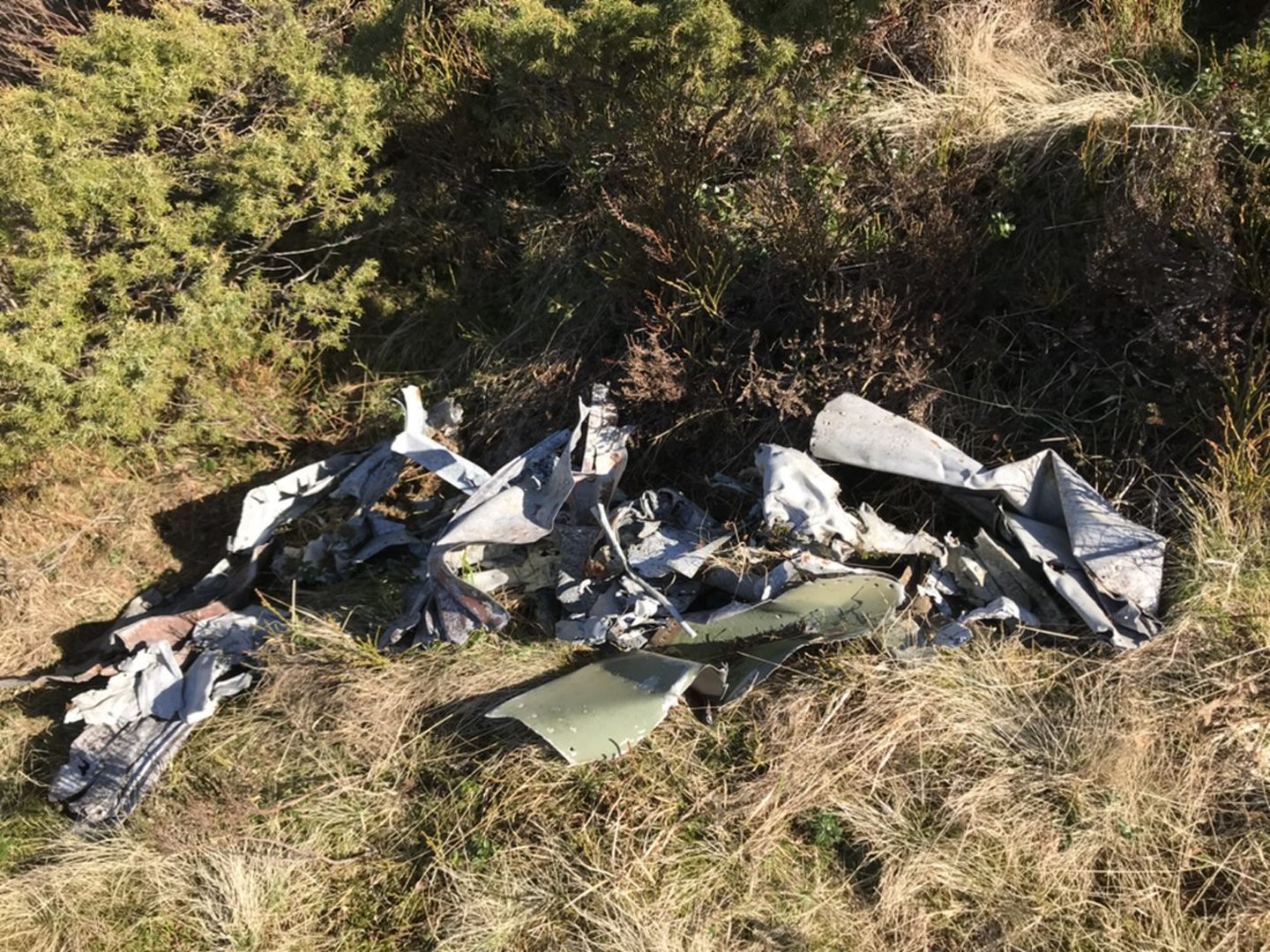
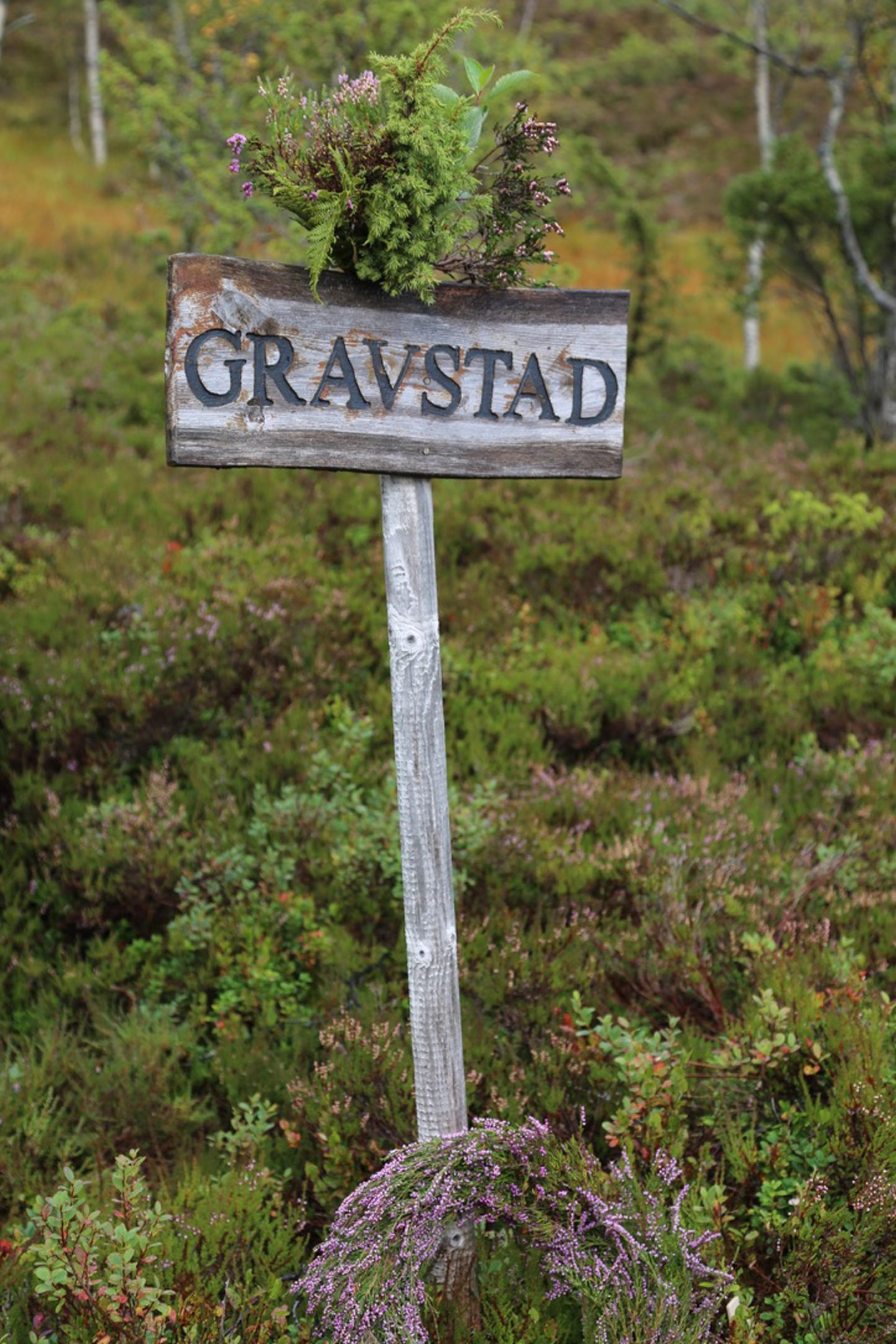
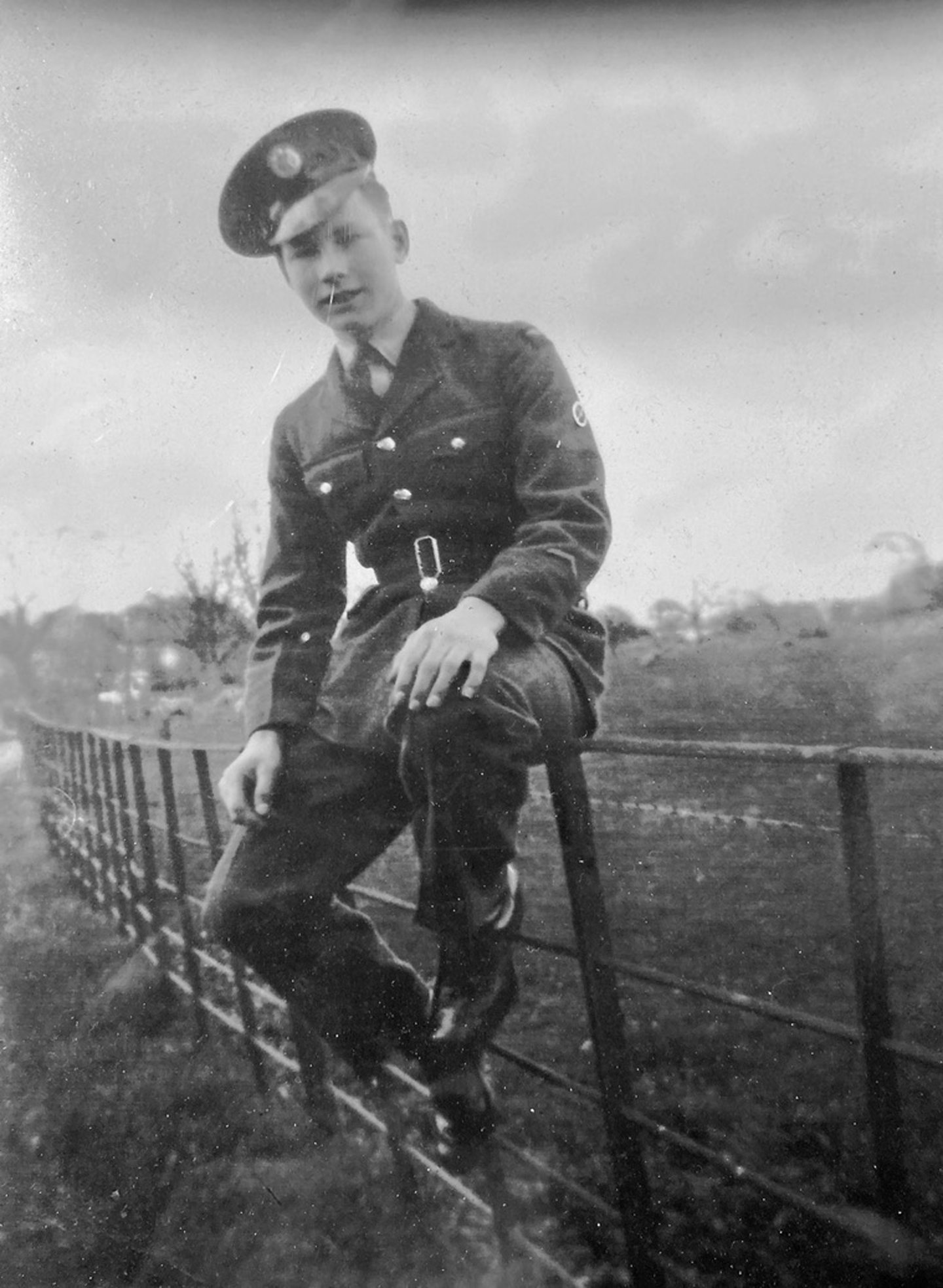
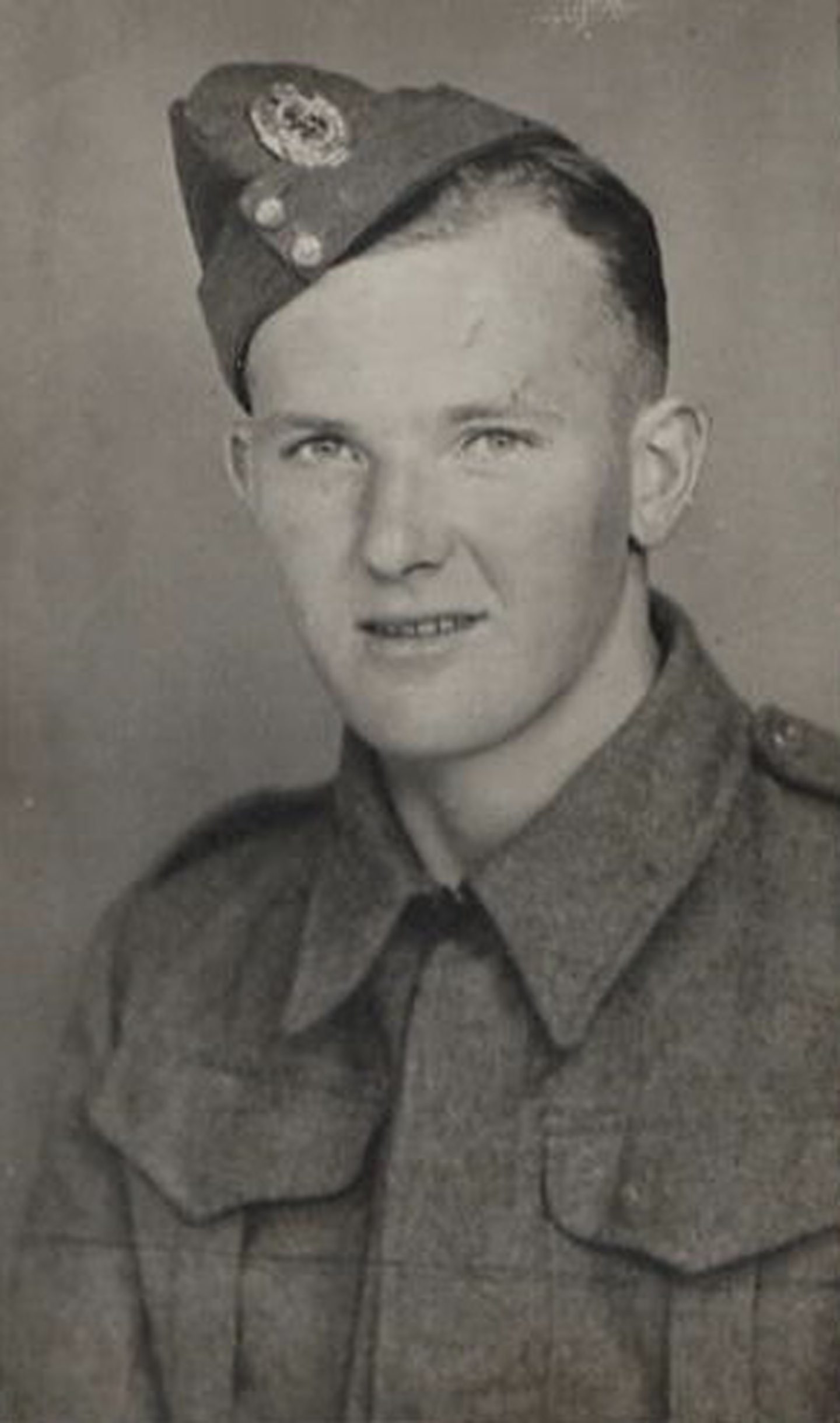
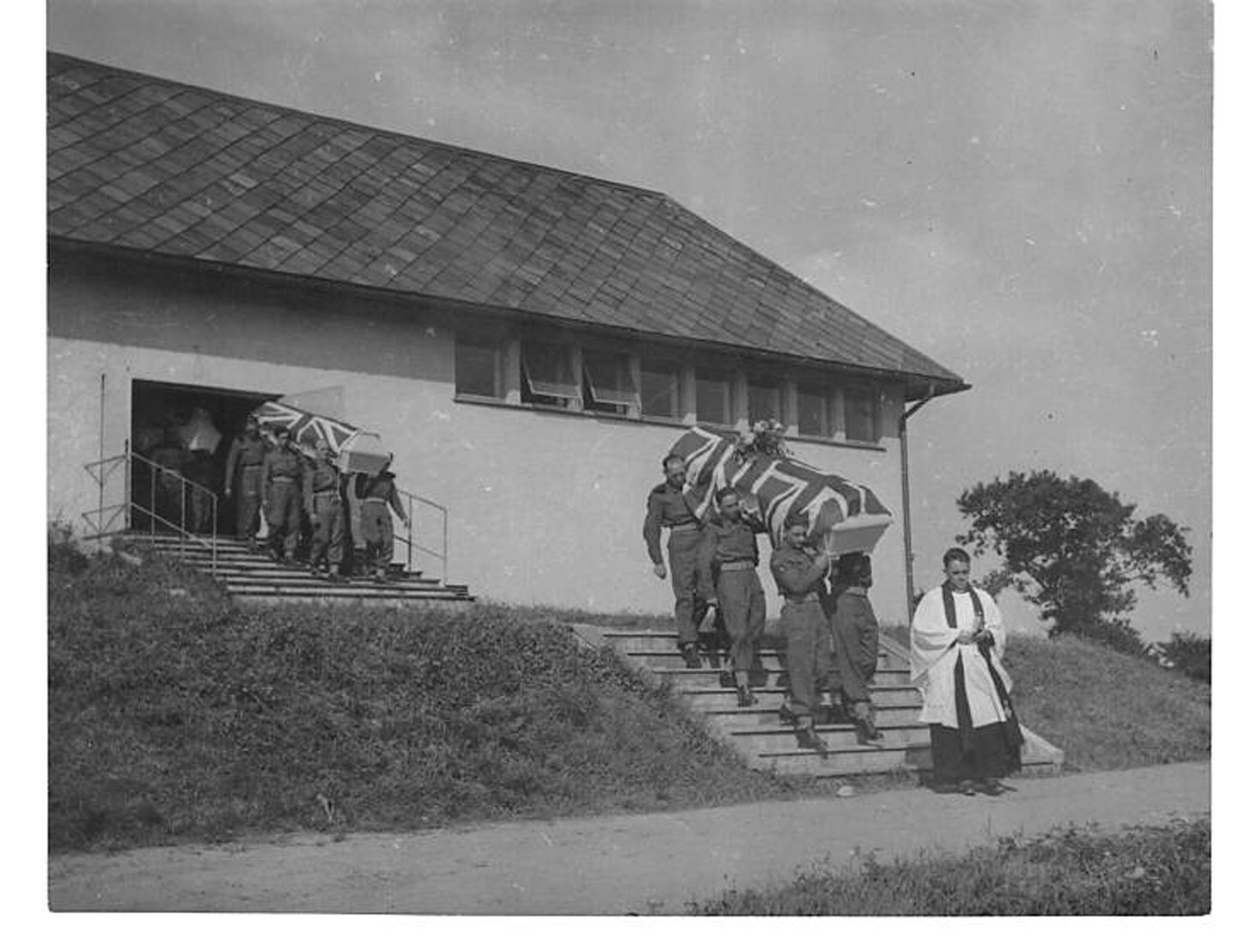

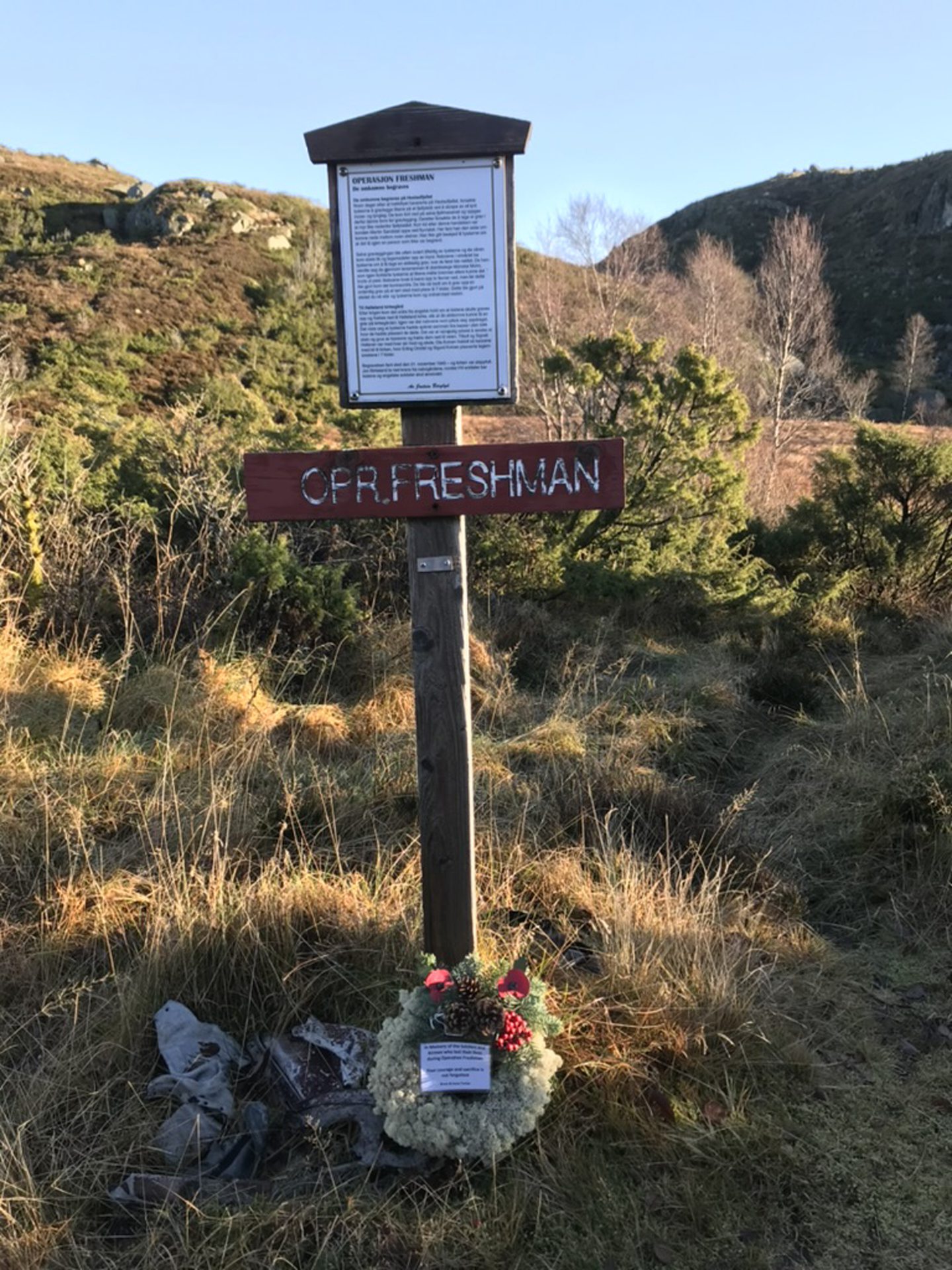










Conversation